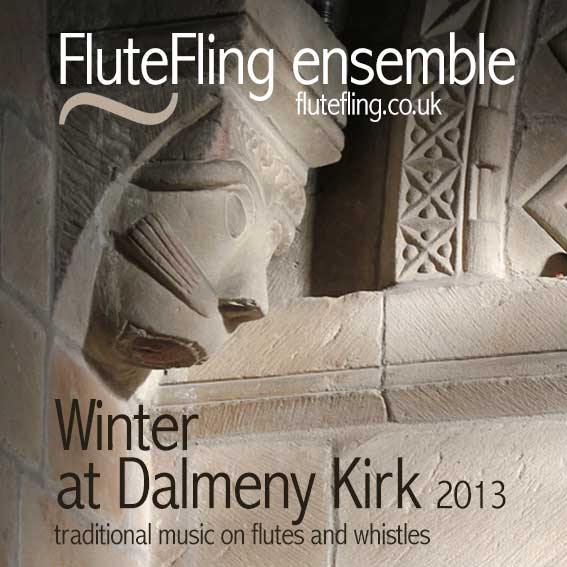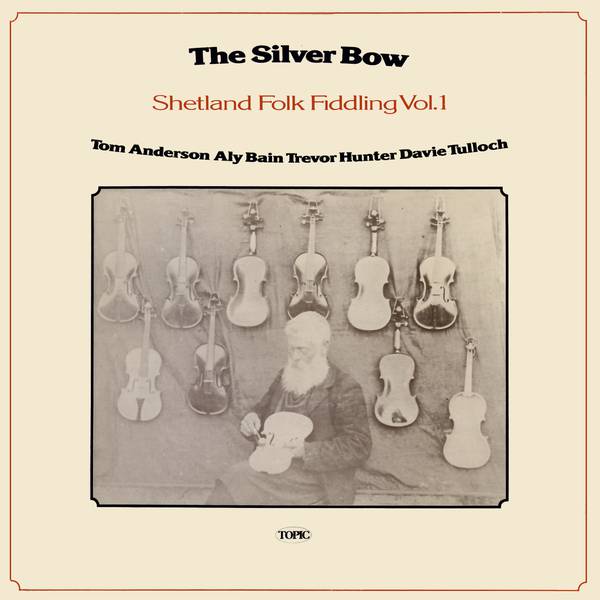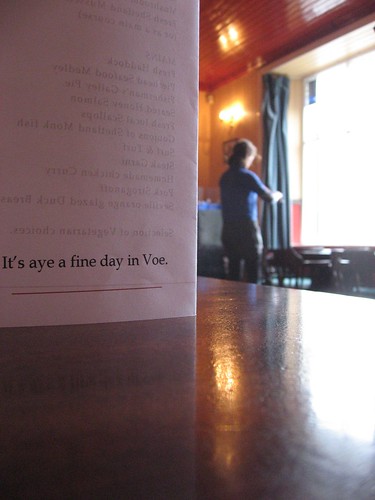Da Day Dawn marks a fitting end to the term and the year. A Shetland tune traditionally played by the nightwatchman in the streets of Lerwick before dawn on New Year’s Day, Mairi Campbell describes it as a generous tune that can take all interpretations.
Although I had come across it in tune books in the past, I didn’t really look at it properly until I came across it in the Scots Music Group’s Songbook in which there was an arrangement of a song that was written to this tune. The song was arranged by Mairi Campbell for the Sangstream choir with instructions for a free and loose arrangement, which immediately caught my imagination. The modern lyrics are by Jane Hazelden and catch something of the spirit of people sharing hospitality in midwinter while moving out of darkness and towards Spring.
So I adapted the idea, transcribed the tune into a flute-friendly key and added some very simple harmonies in the spirit and take an approach inspired by Mairi Campbell’s arrangement.
I learned this on a melodica at first, then flute, piano, whistle. I find that each time I play it, it is different, which is always attractive about a tune. Here’s a version I recorded on a Bb flute with Sean Paul Newman on keyboards:
There are a number of versions of the FluteFling group playing this together on my Soundcloud page. Resources are up for this, with Adelheid Cooney playing the melody on the recording after learning it at the class last week.
This week we’ll be at the Dalriada Bar in Joppa from 9pm to have a few tunes at the end of the class. Hope to see you there if you can make it.
Photo: (c) slynkycat Some rights reserved.





